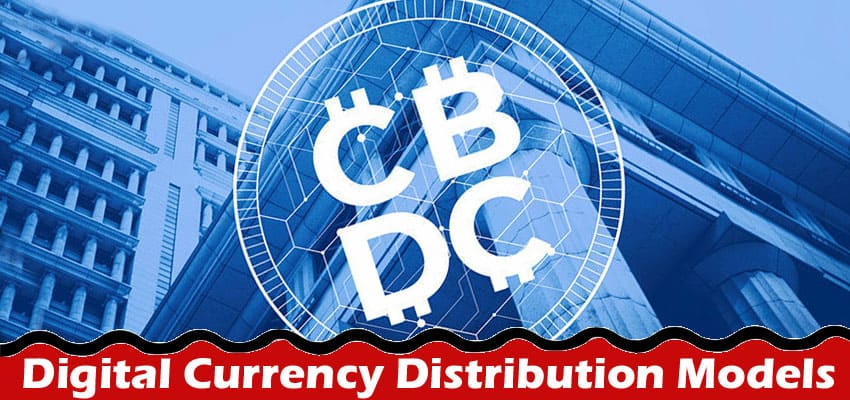In the modern world, digital currencies are becoming more prevalent. With their increasing presence, central banks around the globe must take notice and educate themselves on digital currency distribution models.
In this blog post, we will dive deep into what central banks should know about different types of monetary flows that come with digital currency issuance, from decentralized cryptocurrencies to state-backed stablecoins.
We’ll discuss both short-term reconciliations and long-term implications, along with risk factors to consider when deciding whether or not a certain flow works for you and your country’s economy.
Whether it be building a basic understanding of blockchain technology, uncovering potential illegal activity, or navigating recordkeeping requirements, join us as we explore everything one needs to know about digital currency distribution models!
Overview of digital currency distribution models
Digital currency, also known as cryptocurrency, has become increasingly popular over the years, with more and more individuals investing in it and using it as a medium of exchange. One aspect that sets digital currency apart from traditional fiat currency is its distribution model.
Unlike fiat currency, which is typically issued and regulated by a central authority like a government or bank, digital currency relies on a decentralized network that uses cryptography to ensure secure transactions.
There are various distribution models in place for different types of digital currencies, such as mining or staking for proof-of-work and proof-of-stake models, respectively.
As the world moves towards a more digital age, understanding these distribution models and their implications will become increasingly important for anyone interested in this fast-paced and constantly evolving space.
Benefits of the decentralized model
Decentralization is a concept that has garnered attention in recent years due to its potential benefits across various industries. By removing the need for a central authority to control everything, decentralization enables greater transparency, efficiency, and security in various systems.
One of the biggest benefits of this model is the reduced risk of system failure. Since there is no central point of failure, it is much harder for an entire system to go down.
Additionally, decentralization tends to be more democratic, enabling greater equal participation and input from all parties involved. From finance to healthcare to governance, decentralization is being explored as a way to empower individuals and communities while reducing the potential for corruption and abuse of power.
Potential risks of the centralized model
Centralization has its risks, and in today’s world, these risks are becoming more evident. One of the most significant drawbacks is the risk of a single point of failure. If a centralized system fails, it can have wide-scale impacts, causing complete shutdowns.
Centralization also increases the risk of a cyberattack, as hackers can target a single point to gain access to vast amounts of sensitive information. Furthermore, centralized models can be costly, as significant amounts of resources are required to maintain and upgrade them.
As we move forward, it is crucial to consider the potential risks of centralization and explore alternative models that distribute power and responsibility to ensure a more secure and sustainable future.
Examining the impact on monetary policy
Monetary policy is a vital part of any economy, and examining its impact is crucial for understanding its role in shaping economic outcomes. This policy involves the actions taken by a central bank to manage the money supply and interest rates in an effort to achieve specific economic objectives, such as low inflation and sustainable growth.
The impact of monetary policy can be seen in various ways, from influencing the borrowing and spending behavior of individuals and businesses to affecting the strength of a country’s currency. By closely examining the effectiveness of monetary policy, we can gain insights into how it affects various economic measures and make informed decisions about policy changes.
Exploring the possibility of a hybrid system
As technology continues to advance, there is no doubt that hybrid systems will increasingly become a vital aspect of our lives. The possibility of combining two or more different systems or technologies to create something entirely new holds great promise for a more efficient and sustainable future.
For instance, a hybrid system could combine solar and wind power to maximize energy production. With the constant need for cleaner energy sources, exploring the possibility of a hybrid system has become crucial.
Such a system holds immense potential, not just for energy but also in areas such as transportation, agriculture, and healthcare.
It is clear that the availability and adoption of digital currencies have drastically changed the way economies operate. As such, it is important to understand how various distribution models affect currency development and utilization.

